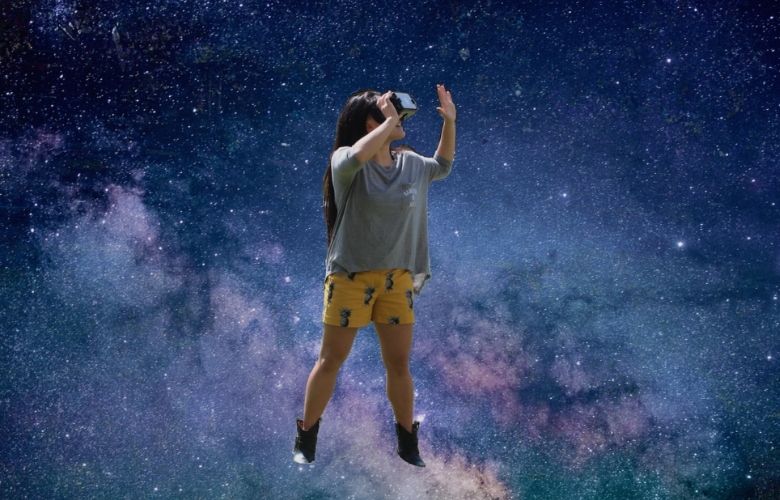
In one dimension, Michaela Ternasky-Holland is a multi-racial Emmy, Webby, and Sheffield Doc/Fest award-winning creative, who combines immersive and interactive mediums with non-fiction content. Recently named as one of the 100 Original Voices of XR, she works with clients as a consultant, specializing in creative strategy and impact production. She is a recognised public speaker who has presented at international conferences, public institutions, and podcasts. Her work has been featured by TIME, Forbes, The Guardian, Cannes Film Festival, New York Public Library, and Tribeca Film Festival. In a parallel dimension, Michaela is also an athletic movement artist, who performs and trains as a professional dancer, aerial artist, and long-distance running coach.
Not only does she strive to be a part of purpose-driven projects that vocalize and educate about diversity in storytelling, but she also works in tandem with decision-makers, committees, and boards of directors that financially support, mentor, and create opportunities for those of all backgrounds. In short, she works for the impact of the projects to move beyond the project itself. When she isn’t jumping through dimensions, you can find her obsessing over Star Wars, Avatar the Last Air Bender, and Hippopotamuses.
Thank you for having me! I am doing well. Recently, I performed for an audience indoors on a stage and THAT was a trip. I haven’t done that in years. Overall, I am constantly learning and remembering the lessons that 2020 taught me. 2021 has felt like a rebuilding year and as it comes to a close, there are so many aspects of 2022 that I am excited for!
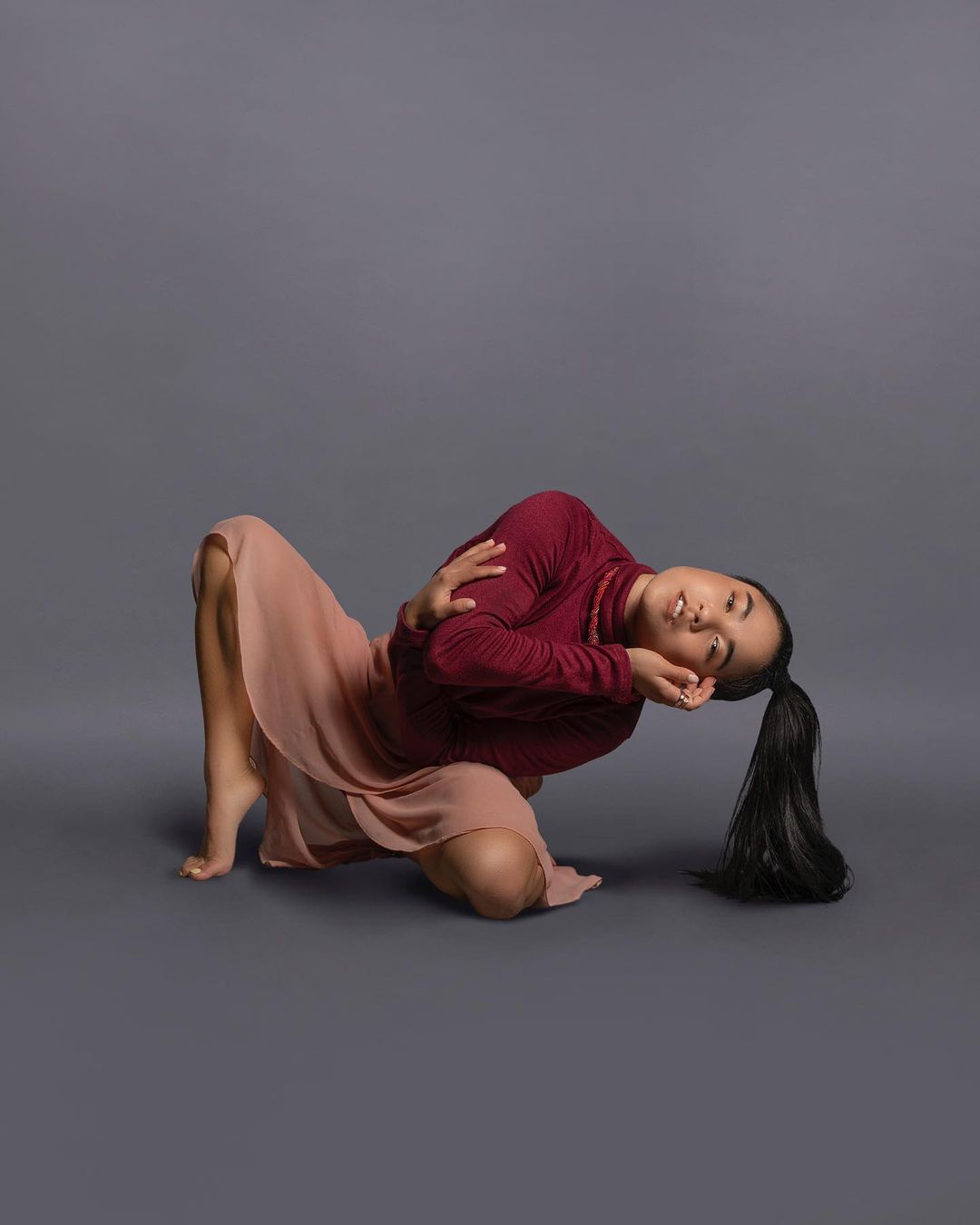 My youth competitive gymnastics career had come to a close, and my little sister started taking dance classes. I was dared by her and my mom to try to dance and to see what happened. I was twelve years old when I took my first jazz class. I fell in love with the physical rigor, creativity, and performance expression that I felt while dancing.
My youth competitive gymnastics career had come to a close, and my little sister started taking dance classes. I was dared by her and my mom to try to dance and to see what happened. I was twelve years old when I took my first jazz class. I fell in love with the physical rigor, creativity, and performance expression that I felt while dancing.
Unfortunately, my parents would not let me pursue dance at the professional level, so I applied to colleges for business and journalism degrees. I decided upon UC Irvine, which was still close to Los Angeles. I moved to Irvine, signed with a dance agent, and then took college courses while auditioning and performing.
At the beginning of my second year in college, I booked a Disney Cruise Line contract, so I left UC Irvine, completed the nine-month cruise contract, and then returned to UC Irvine to complete my degree. While I continued my Literary Journalism degree and Digital Filmmaking minor, I continued to audition and would go on to perform and dance at Disneyland, Legoland, and SeaWorld in Southern California.
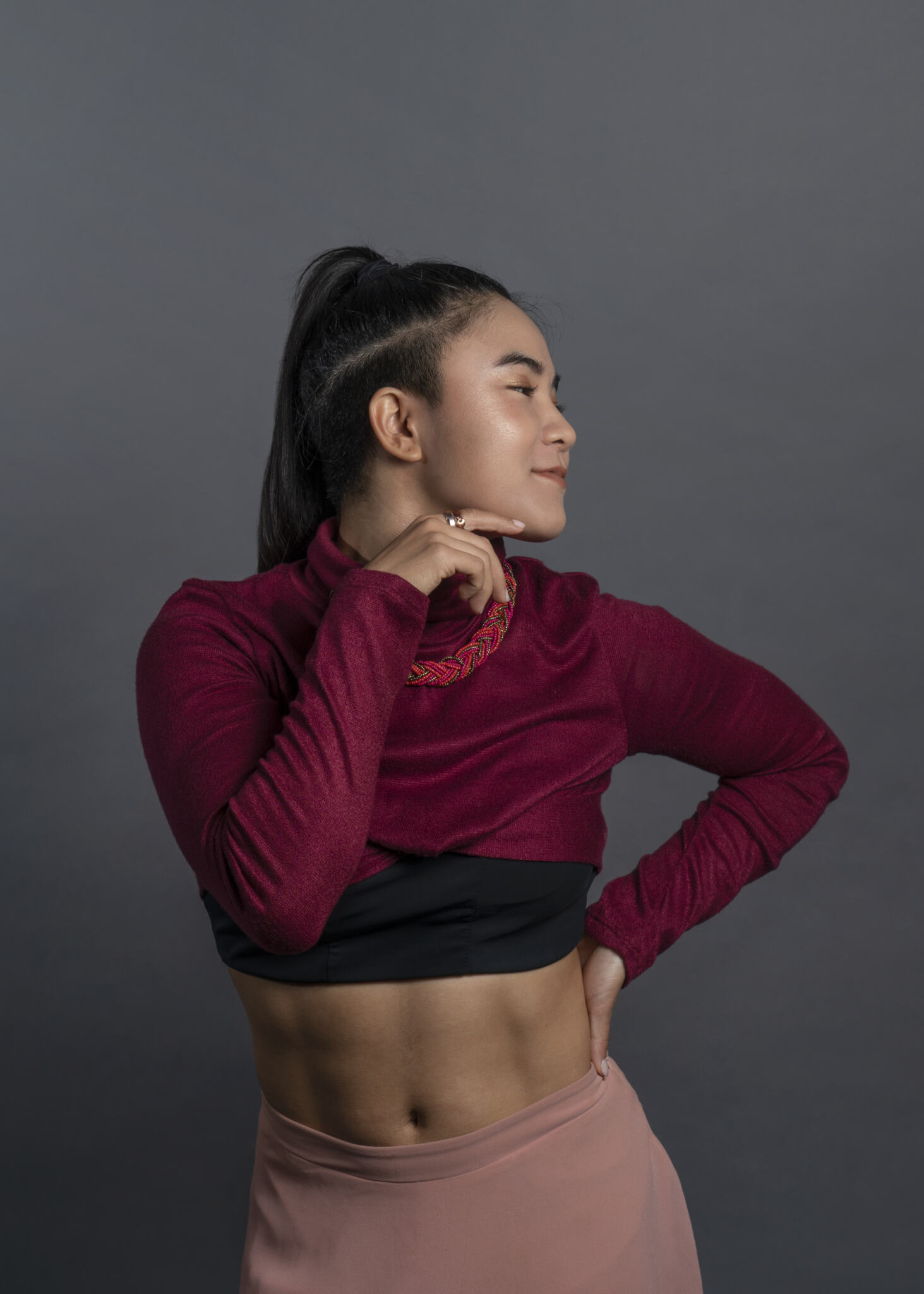 I realized in high school that I wanted to be a part of storytelling, no matter how that manifested, whether in dance, business, journalism, or some other form. When I graduated from UC Irvine. I moved to Los Angeles to pursue a career in the film and journalism industry. It was from there, I realized I wanted to pursue journalism that was more immersive and interactive. That is when I started exploring virtual reality.
I realized in high school that I wanted to be a part of storytelling, no matter how that manifested, whether in dance, business, journalism, or some other form. When I graduated from UC Irvine. I moved to Los Angeles to pursue a career in the film and journalism industry. It was from there, I realized I wanted to pursue journalism that was more immersive and interactive. That is when I started exploring virtual reality.
Soon after, I was hired by TIME as a LIFE VR intern, which allowed me to move from Los Angeles to New York City. I have been in NYC since 2016 pursuing both my dance/performance career as well as my work as a creator and producer in emerging technology.
Compassionate storytelling is the re-discovery of ethical journalism through non-traditional mediums and honors the collaborators and the audience. The first pillar of compassionate storytelling is for journalists/performers to work with individuals/directors that have lived or have written powerful stories in a deeply collaborative manner. The second pillar of compassionate storytelling is to not only take special care of the story/performance but also to the guests/audience members experiencing the story.
While working at TIME, I realized that my work is aimed at both the digital and physical dimensions, and I always consider accessibility and equality as a foundation in creating a new era of media. This in turn led me to realize that traditional journalism viewpoints are too constrained and distorted by colonial and capitalist mentality. My passion lies in telling stories about and for people that struggle in their representation in media.
With theme parks as my main inspiration, my goal as an artist blends and balances the traditional mediums of singing, dancing, acting, video, photos, and written storytelling with the experimental ones of projection mapping, motion capture, virtual reality, augmented reality, and more.
I strive to make compassionate storytelling and the hyper fusion of old and emerging storytelling techniques not only available to well-known storytellers but also to inspire and equip the emerging and diverse narratives to be seen and accepted in the mainstream.
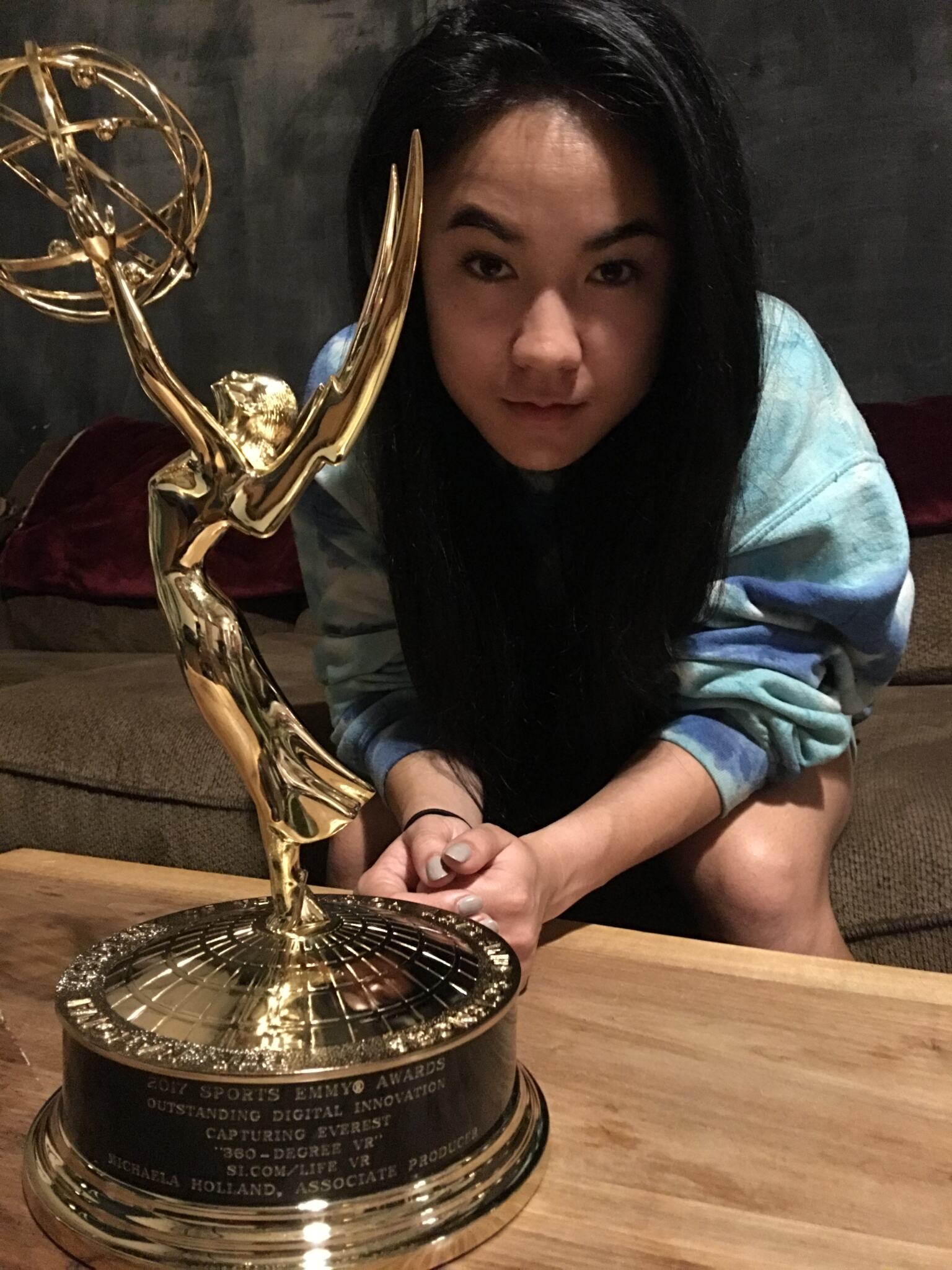 While I have worked with many companies on award-winning projects, my crowning achievement is when I make the internal team’s experience as ethical, equitable, and enjoyable as the external audience’s experience. For example, as producer and co-creator of Lutaw -a VR film about children in the Philippines – I returned 3/4 of the production budget back to the Philippines by seeking out a Filipinx animation studio and score composer. Lutaw, which was screened at the United States Embassy in the Philippines, nominated for the Positron Visionary Award at Cannes XR, was a finalist in the International VR Awards in the category of VR Film of the Year.
While I have worked with many companies on award-winning projects, my crowning achievement is when I make the internal team’s experience as ethical, equitable, and enjoyable as the external audience’s experience. For example, as producer and co-creator of Lutaw -a VR film about children in the Philippines – I returned 3/4 of the production budget back to the Philippines by seeking out a Filipinx animation studio and score composer. Lutaw, which was screened at the United States Embassy in the Philippines, nominated for the Positron Visionary Award at Cannes XR, was a finalist in the International VR Awards in the category of VR Film of the Year.
I once devalued my work, questioned my capabilities, and became enamored by awards and names. Now, I never devalue myself, I don’t question my intuition, and I look at projects and opportunities of the core people and their dynamics. Learning how to take time and care to scrutinize everything that is presented to me while asking questions that allow me to answer the questions: does it align with my values, my work style, my skill set?
First, opportunities, projects, and collaborations will come and go. Release the ones that do not serve you. No need to hold on so tightly to something that is just not working out or serving your highest self.
Second, you are not valued because of what you do or how you perform. You are awesome, valued, and loved because you exist. There is no need to be so competitive and sharp. What is meant for you is already yours.
Yes! I am working on two large XR projects in 2022. One is an animated virtual reality series, the other is an immersive documentary with a fairly large impact campaign. I am also collaborating with Gotham Dance Theater and Hokum Arts on a few performances and shows. Unfortunately, I can’t share much more than that. But you can stay in touch with me and my work via my monthly newsletter.
At the end of the day, digital reality, otherwise known as the metaverse, already exists! If you have any sort of social media account, email inbox, or use text messaging to communicate with others, you are a part of the digital reality. The growth and expansion within technology are how we can make digital reality mimic or take on aspects of physical reality. This is is the root of industries like artificial intelligence, cryptocurrency, virtual reality, and augmented reality.
No one should feel isolated from technology because they do not have a technical background or education.
The immersive and interactive expansion of digital reality is meant to serve people first. It is needed of all sorts of people from all different backgrounds and expertise, including performers, artists, storytellers, activists, and more!
Links:
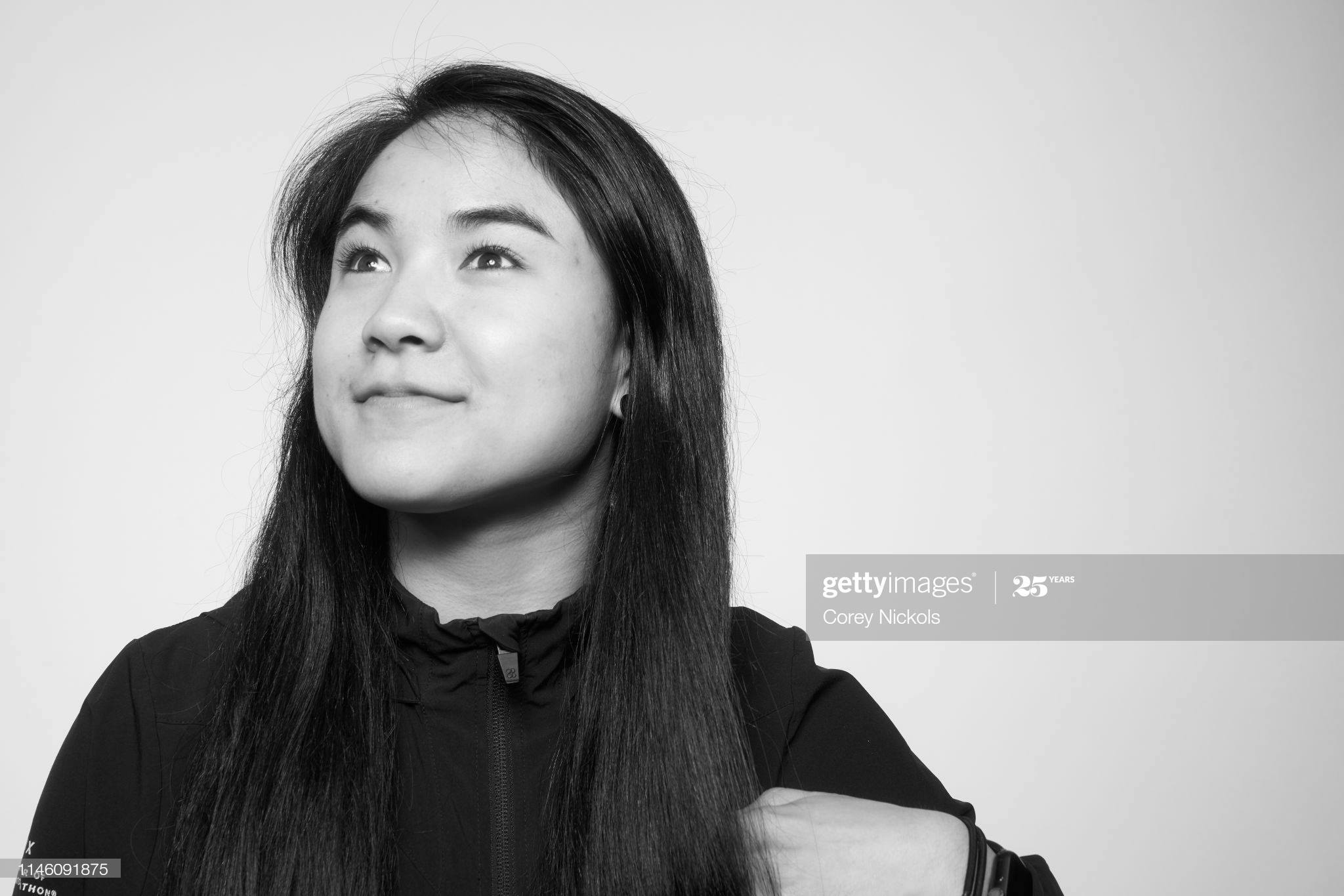
Accessibility At The Smith Center Series: Part One
James “Fitz” FitzSimmons Interview: The Boys In The Band On Netflix
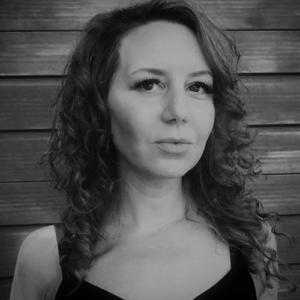

Michelle is a musician and composer from the UK. She has performed across the UK and Europe and is passionate about arts education and opportunities for women and girls.
Read Full Profile© 2021 TheatreArtLife. All rights reserved.

Thank you so much for reading, but you have now reached your free article limit for this month.
Our contributors are currently writing more articles for you to enjoy.
To keep reading, all you have to do is become a subscriber and then you can read unlimited articles anytime.
Your investment will help us continue to ignite connections across the globe in live entertainment and build this community for industry professionals.